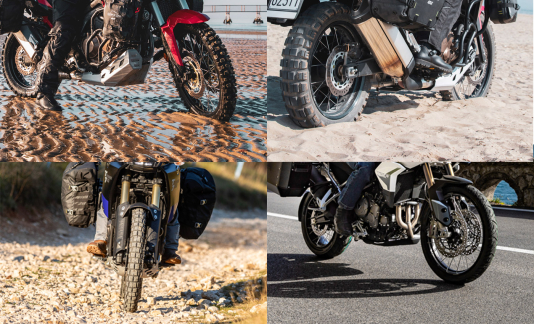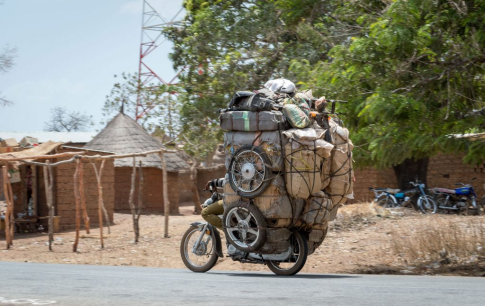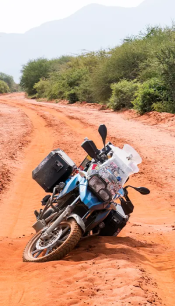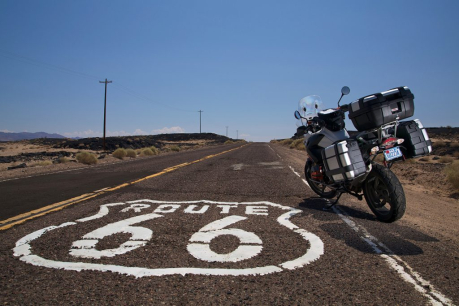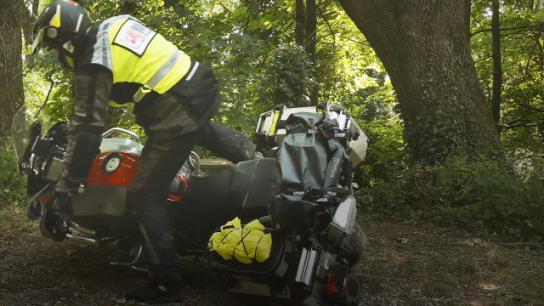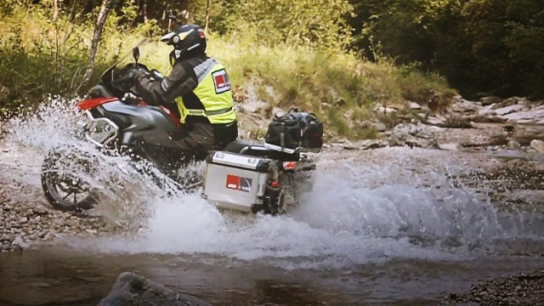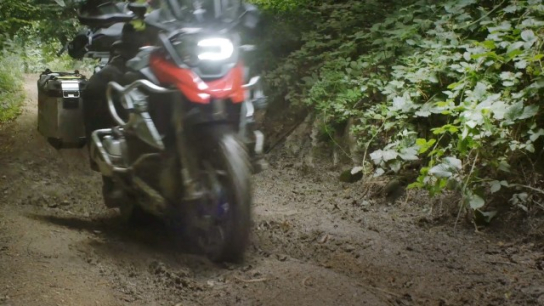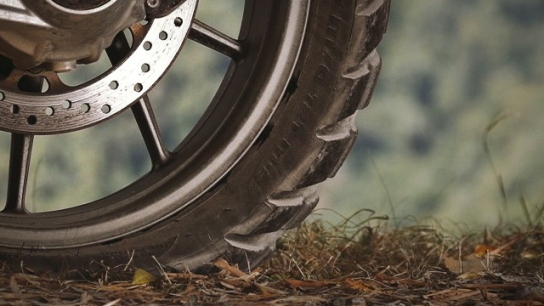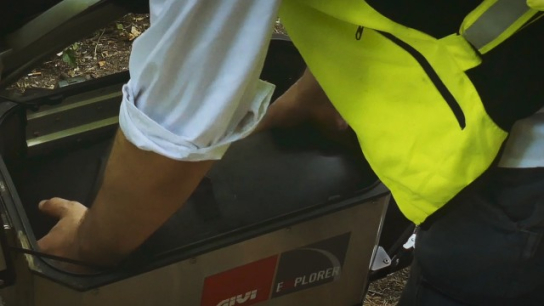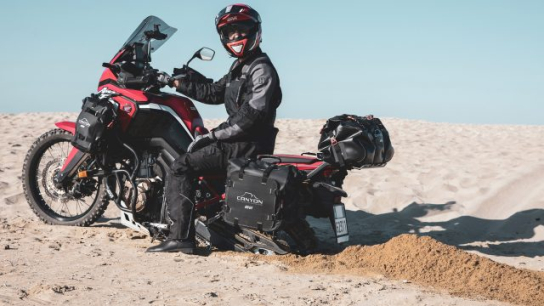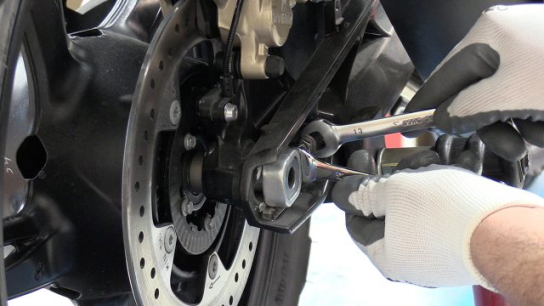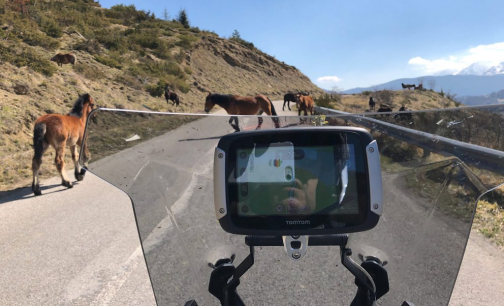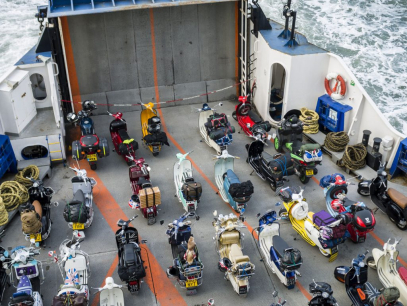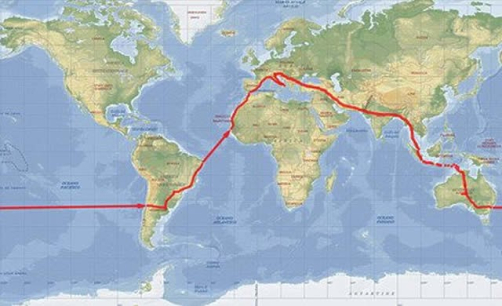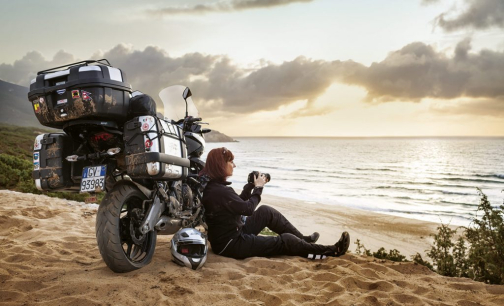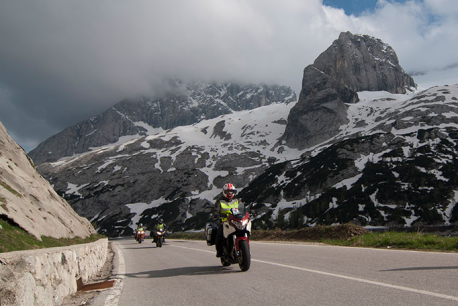Which tyres to mount for on/off-road riding?
From a technical standpoint, the motorcycle tyre has made giant strides.
All Manufacturers work across several fronts, creating ad hoc models for every category of bike, whether sports, road, sport tourer, crossover, maxi enduro, adventure, pure enduro or MX, not forgetting production for track racing and rallying.
Patented carcasses, monocompounds, multicompounds, different treads and then pressure adjustment, identification of the initials, the sizes, the degree of traction, models for wet, dry, asphalt, dirt, mud, sand, grass, soil
There are specialist websites, forums and blogs, many of which focus on motorcycle tyres, digital spaces that help out, offering advice on how to select the most suitable tyre, and where there is no shortage of discussion, with various opposing solutions being proposed.
And our article is inspired by one of these. We are talking about a problem that emerged several years back and that persists today:
Is it better to use tubeless tyres or tyres with inner tubes for on/off-road motocycles?
The manufacturers adopt one philosophy or the other when it comes to their standard equipment.
In the 1980s, there weren’t many options in terms of tyres. Today’s tyre makers, as we’ll see later, produce models that relate very specifically to every type of bike use but that essentially always fall into two clear categories, with or without an inner tube. The rim is specific to each of the two segments. For a TUBELESS tyre, it must be ‘as one’ with it to prevent any air from escaping. The rim for TUBE TYPES is generally spoked, a design that makes it elastic and better suited to tracing the roughness of the terrain without any risk of ‘losing air’.
The decision to go with one category over the other largely depends on how you use your motorcycle. If a maxi enduro is ridden mainly on asphalt, with brief forays onto flat dirt roads and “clean” unpaved roads, then TUBELESS tyres are the safest choice. A puncture will not lead to rapid tyre deflation, a feature that becomes a safety factor, particularly when travelling at 130 km/h on the motorway. Another positive is that the tyre can be easily repaired using the special kits available for sale (we’re talking about a nail or screw in the tread, not a long laceration of course).
Where does the inner tube work best? Off-road. It works best with ‘adventure’ models, those that allow the rider to maintain good mileage on the motorway but also hold their own when taking on hard tracks or perhaps desert dunes, like the Africa Twin. In case of a puncture, the tyre is removed from the wheel but replacement/repair of the air chamber is nevertheless doable, with the help of a specific kit for this type of tyre that is.
If you can’t wait to leave the asphalt and have some fun with your adventure bike on extended, and possibly challenging, off-road routes, then TUBELESS tyres are not for you. One unseen sharp stone is enough to put an end to your fun and render the kits we were just talking about useless. In the same way, getting a puncture with a TUBE tyre when travelling at higher speeds can be dangerous.
But there are other scenarios to consider which further complicate things, for example:
What type of tyre should you mount?
There isn’t a solution that goes in just one direction.
The decision is personal and depends on your bike model (within the maxi enduro and adventure segments), how you use it and across what kind of time frame. Motorcycle manufacturers’ recommendations are strictly linked to the tyres mounted as standard, but needs change over time and may push you more towards a knobby solution or, on the flip side, towards the asphalt.
Essentially, if 80% of your time in the saddle of an on/off bike is spent on the road, then it’s best to opt for TUBELESS tyres and rims.
But if you spend half of your time or more off-road, then you should go for an inner tube.
THE THIRD OPTION There are companies that offer a conversion for the standard spoked solution, with INNER TUBE to a TUBELESS wheel. Some produce spoked wheels where the spokes do not pass through the central channel, meaning that the wheel can also mount TUBELESS tyres.
Repair kits
TUBELESS – Usually compact and complete with a handy case, the kit for this type of tyre contains everything needed to repair a puncture and re-inflate the tyre in just a few minutes. If we take the GIVI S450 model as an example, we see that it includes: Three CO2 canisters, a connector with valve, a flexible tube, a cutter, five sealing strips, two specific tools and a tube of glue.
AIR CHAMBER – With this type of tyre, the repair process takes longer (about one hour) because the tyre must be removed from the wheel but an experienced rider should be more than capable. To repair or replace it ‘on site’, you need the specific kit, complete with levers, glue, patches, sandpaper and inflation system. Once the inner tube is reinserted into the channel, be careful not to clamp it during reassembly.
Motorcycle manufacturers’ standard equipment
To set out on the right track and before offering our own opinion, let’s look at what a selection of maxi enduro and adventure bikes mount as standard.
Pirelli Scorpion Rally STR tyres are found on the Aprilia Tuareg 660, the Ducati Desert X, the Husqvarna Norden 901, the Triumph Tiger 900 Rally Pro and the Yamaha Tenere 700.
Bridgestone A41 tyres are mounted on the BMW F850, while the AX-41 is used on the Africa Twin 1100 and the A40 comes as standard on the KTM 1290 Super Adventure R.
Continental TKC 80 tyres are standard equipment on the 2021 BMW 1250 GS version and also on the F800. The same tyres are on the KTM 1090 and 1290 ADVENTURE and the HUSQVARNA 701 ENDURO.
Metzeler KAROO 3 tyres are mounted on the KTM 890 Adventure. KAROO STREET tyres are on the Triumph Tiger 1200 Rally Pro.
On/off-road travel additional advice from the tyre manufacturers
PIRELLI – Scorpion MT 90 A/T, suitable for all sizes of enduro road bike. Excellent for everyday urban use and weekend trips on/off-road.
MICHELIN – Anakee Adventure, more for the road than for off-road and dirt tracks. Anakee Wild, for greater resistance to damage and greater durability over distance. A 50/50 on/off-road solution with or without inner tube. The model is approved on the Tiger 1200 Rally Pro.
CONTINENTAL – TK70 combines the best of the off-road TKC 80 with the road-going (or road adventure) ContiTrailAttack2.
METZELER – TOURANCE NEXT is predominantly for road use and KAROO 4 for mixed routes and 50/50 on/off-road use. The SPORTEC M9 RR remains extremely valid, thanks to new sizes made available to the Adventure segment.
DUNLOP – MUTAND is described by the manufacturer as the crossover tyre. Then there is the comprehensive TRAILMAX line, particularly the Adventure & Trail version that includes TUBELESS and INNER TUBE tyres.
ANLAS – CAPRA X is designed for off-road use but also performs brilliantly on the road. The tread design reduces the noise typically associated with knobby tyres.


